HSP HISTORY Blog |
Interesting Frederick, Maryland tidbits and musings .
|
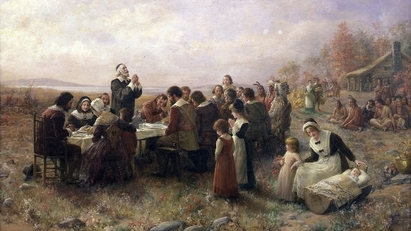 Fall foliage signals the fact that we are just weeks away from holiday travel season. Some will have a short trip to visit friends or relatives. Others will go far distances to get back to a hometown many states away. In either case, these excursions can be considered pilgrimages, a fitting term whose root (pilgrim)is synonymous with “Turkey Day.” Merriam-Webster defines pilgrims as: people who journey to a sacred place for religious reasons. Of equal importance, countless "shopping pilgrims" put even greater emphasis on traveling to malls, box stores and outlets on “Black Friday,” the day after Thanksgiving. I think it’s ironic that this same day is a little-known holiday celebrating people that didn’t have to travel at all for the apocryphal first Thanksgiving, as they were already here in America, long before the Europeans and a host of others. American Indian Heritage Day was established here in Maryland in 2008. Of course, maybe this should have been celebrated a little earlier since these folks have been here far longer than the "travelers/founders" of Plymouth, Jamestown and St. Mary's City here in Maryland. Travel allows us to venture to “far-off” places from home for recreation, self-improvement, experiential learning and enjoyment. The expression “far-off” is relative of course. Long before the airplane, automobile, bicycle, train, carriage, sailing ship and even the horse, humans had only one true option to get from point A to point B—legs. We have a nice historical record of how transportation means have continued to improve over the centuries, affording us humans the opportunity for not only movement, but rapid movement considering the alternative of walking. Seeing new places for the first time usually leaves us awestruck, before or after we reach for our camera. After a few minutes, have you ever thought to yourself, “How did I get here?” reflecting, of course, on the effort (and good fortune) it took to get from your home to a specific legendary location. Imagine what it was like for those early colonial settlers to our area. 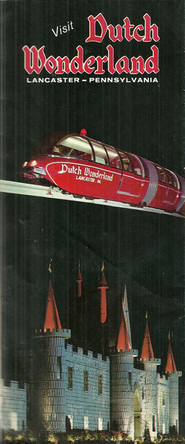 Maryland historians and genealogists have taken note of the year 1732, fall to be exact, marking the arrival of sixteen future “Maryland” families in the port of Philadelphia. Although welcomed with open arms into William Penn’s commonwealth, family leaders and or children of such made their way west of Philadelphia and the aptly named Germantown into the Lancaster area. Over two centuries later, this locale is marveled by future tourists as Pennsylvania Dutch Country. If the site of an Amish family riding in a horse and buggy on a rural road doesn’t make you appreciate history and culture of the German pioneering spirit, then perhaps you should make a "pilgrimage" to the 48-acre theme park Dutch Wonderland in Lancaster, PA (opened in 1963). I fondly recall my first and only visit with my grandmother back in July 1978. It was the hottest day of that summer and I shudder to think of the hapless staff dressed in lederhosen and wooden shoes. I also remember an elderly ride operator kindly asking for a sip of my grandmother’s Coke to quench his thirst—and she relented! This was a carefree era before the fear of saliva pathogens and fascination with Purel. I chalk it up to Zeitgeist, the general beliefs, ideas, and spirit of a time and place. But I digress. After establishing a farmstead, some immigrants and offspring decided to move further southwest into Maryland after generous inducements by the provincial government and land speculators such as Daniel Dulany of Annapolis. These people were obviously target marketed for already possessing the bravery to leave the familiarity of their ancient homelands, relatives and ways of life. They also were living proof of success garnered by making the difficult trip across the Atlantic. How could life get any tougher? Well it could, and thank goodness these immigrants employed conservative and frugal lifestyles, strong work ethics, family values and self-sufficiency to their advantage within a wild, and rugged environment. Religion was at the center of lives for these early Dutch people who had escaped earlier oppressions in search of new freedoms. Through teamwork and perseverance, “namesake” families crafted areas like the Monocacy and Middletown valleys into “gardens of the lord,” using the native environment to provide the sustenance needed to live. 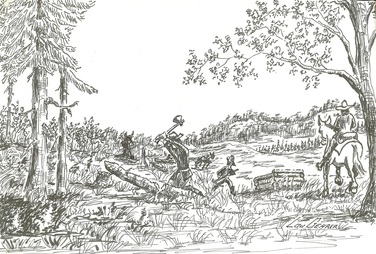 Hauver’s District takes its name from early German Peter Hauver, born in Philadelphia in 1754, two years after his father, Christian, came to America. The Hauver (originally Haber) family winded their way to Maryland, making their home in what we know today as the Foxville area. Peter’s mother’s maiden name of Harman also continues to grace a vicinity of the mountain (Harman’s Gap and Harman’s Falls-see my earlier blog). Interestingly, Peter’s sister, Nancy Matilda Hauver, married David Wolfe from Lancaster, and his family name would be lent to another mountain village on the western slope of Catoctin (Wolfsville). Young Peter Hauver apparently decided to take up a huge parcel of land, moving away from his father’s home. Author T.J.C. Williams explained this incident in his 1910 masterpiece “History of Frederick County”: “He (Peter Hauver)cut the timber, cleared part of the land, on which he built a substantial dwelling, a barn and all the necessary outbuildings, and spent his life in the home which he had won from the forest.” Not to mention the fact that a firm and trusted boundary line would only come into being in the mid 1760’s. Probably the first settlers, who came after Mason and Dixon's brand new “Line” was drawn, were the three Harbaugh brothers. They were of Swiss extraction and had originally settled in York County, Pennsylvania with their father Yost (Harbaugh). The Harbaugh sons (George, Ludwig and Jacob) brought their families to the northwestern corner of the county in the 1760. They chose a picturesque rolling valley between South Mountain to the northwest and Wertenbaker Hill to the southeast. 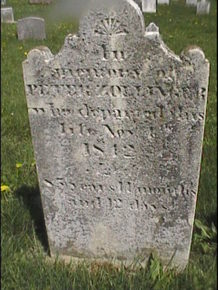 Grave of Peter Zollinger (1756-1842) Grave of Peter Zollinger (1756-1842) At Ludwig Harbaugh’s death in 1809, a man named Capt. Peter Zollinger, Jr. (1756-1842) bought part of his farm in the this majestic valley location. Zollinger was a Revolutionary War veteran and native of Paradise Township, York County, Pennsylvania. He hired a surveyor named Andrew Smith to lay out a small village on November 4, 1813. This locale was first referred to as Zollinger Town, but eventually took the first name from Capt. Zollinger’s wife—Sabilla Barbara Machold (1754-1832). Thus was born Sabillasville. This interesting name, Sabilla, was a variation on Sybilla, which comes from ancient Greece and means “Prophetess/oracle.” 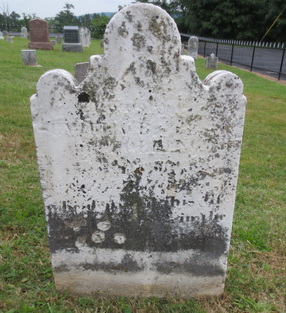 Weathered tombstone of village namesake Sabilla Zollinger (1754-1832) Weathered tombstone of village namesake Sabilla Zollinger (1754-1832) In Greek and Roman legend, the sybyls were ten female prophets who practiced at holy sites in the ancient world, much the same way as the Old Testament prophets in later Christian theology. Of the most famous oracles in Greek history are the Grey sisters. Among them, the three sisters shared one eye and one tooth, which they took turns using. By stealing their eye while they were passing it amongst themselves, the mythic hero Perseus forced them to tell the whereabouts of the three objects needed to kill Medusa by ransoming their shared eye for the information. You remember Medusa, don’t you? She had “snake hair,” and if you looked at her, you would be turned to stone.” From all accounts Sabilla Zollinger had both eyes and a full set of teeth, however, her neighbor Jacob Harbaugh would lose an eye in an altercation. 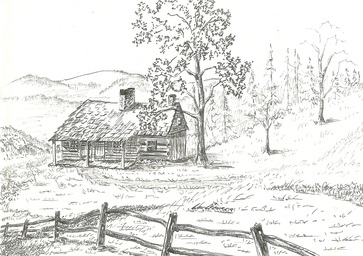 The town was laid out along "The Great Road to Waynesboro". The street was made 60 feet wide and the lots each contained one third of an acre of land. There were several houses built in the village before it was laid out. They were probably used for the families who worked on the Harbaugh-Zollinger farm. The first houses built in the village were two-story houses, about 10 feet square. They were lined inside and out with boards, and filled between with sawdust. The houses built afterwards were larger and made of logs. They all had large fireplaces with large chimneys on the outside of the house, built of stone. Sabilla Zollinger and husband Peter can be found in the graveyard of St. John’s United Church of Christ, located in the heart of bustling Sabillasville. This church is also adorned with a plaque honoring the three original Harbaugh brothers coming to the area. I consider myself very blessed to have had the experience to visit Sabillasville and marvel at the beautiful Harbaugh’s Valley while contemplating the hardships and triumphs of those early German immigrants, leading the way for future generations of descendants. The Zollinger's had a son named George who felt he should venture further into the interior of the country. He would travel to Cooper County, Missouri in 1844. It would have been a long trek back home to Sabillasville for Thanksgiving dinner with the family. Although considerably shorter, I wonder if Ravens football head coach, John Harbaugh, or brother Jim (University of Michigan),will ever made Thanksgiving pilgrimages to Harbaugh's Valley? They are, in fact, direct descendants of the namesake founders, themselves.
4 Comments
David Williams
7/19/2020 04:57:14 pm
Chris,
Reply
Carole Caswell
5/28/2022 07:03:50 am
I grew up in Sabillasville. My parents were Robert and Marie Fahnestock. My eldest sister was Esther
Reply
Rebecca Herman
9/22/2023 01:11:29 pm
Thank you for writing this, Mr.Haugh.
Reply
Michele Firme (Mrs Stephen Firme)
9/24/2023 07:52:46 am
Thank you for such a detailed, interesting history of Sabillasville my hometown for over 40 years. My father-in-law was Rev. Vernon Firme who was pastor of St. Johns Church in Sabillasville for about 20 years. Thank you again.
Reply
Leave a Reply. |
AuthorChris Haugh Archives
February 2024
Categories |

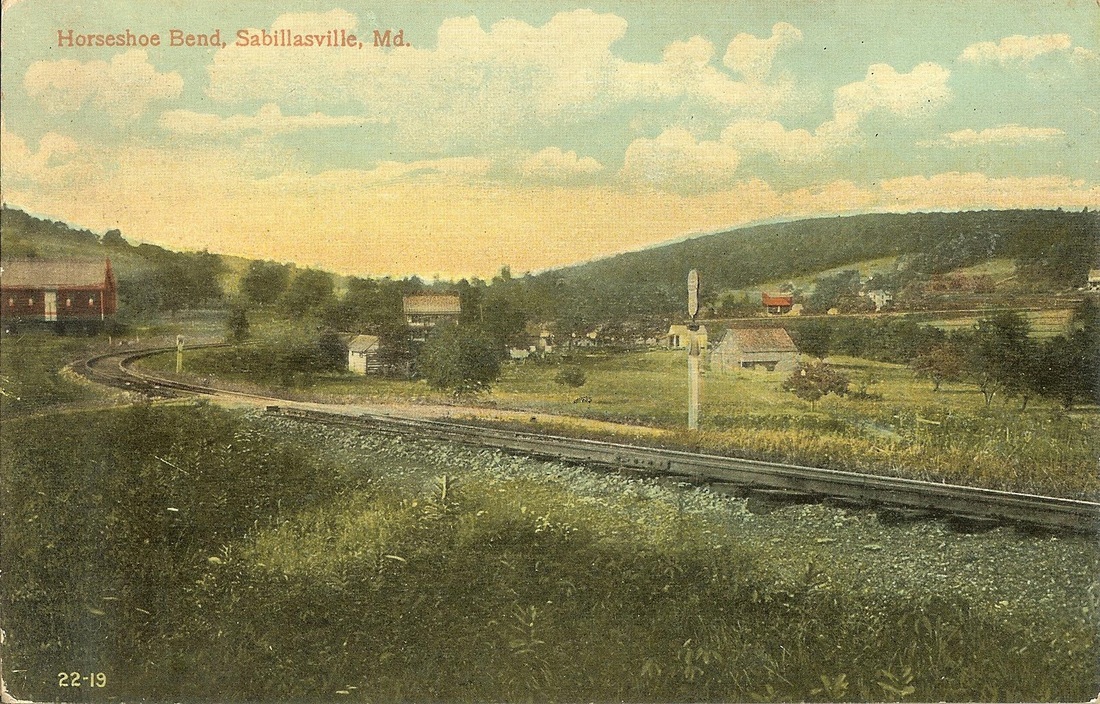
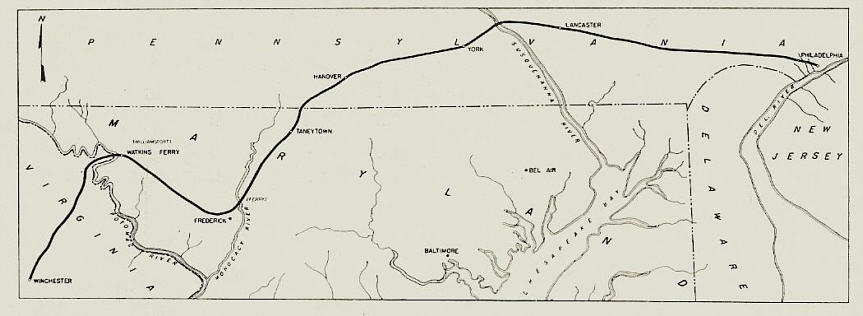
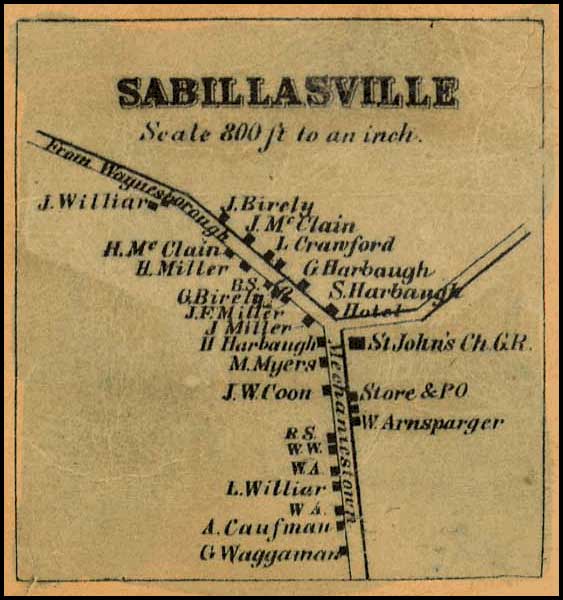
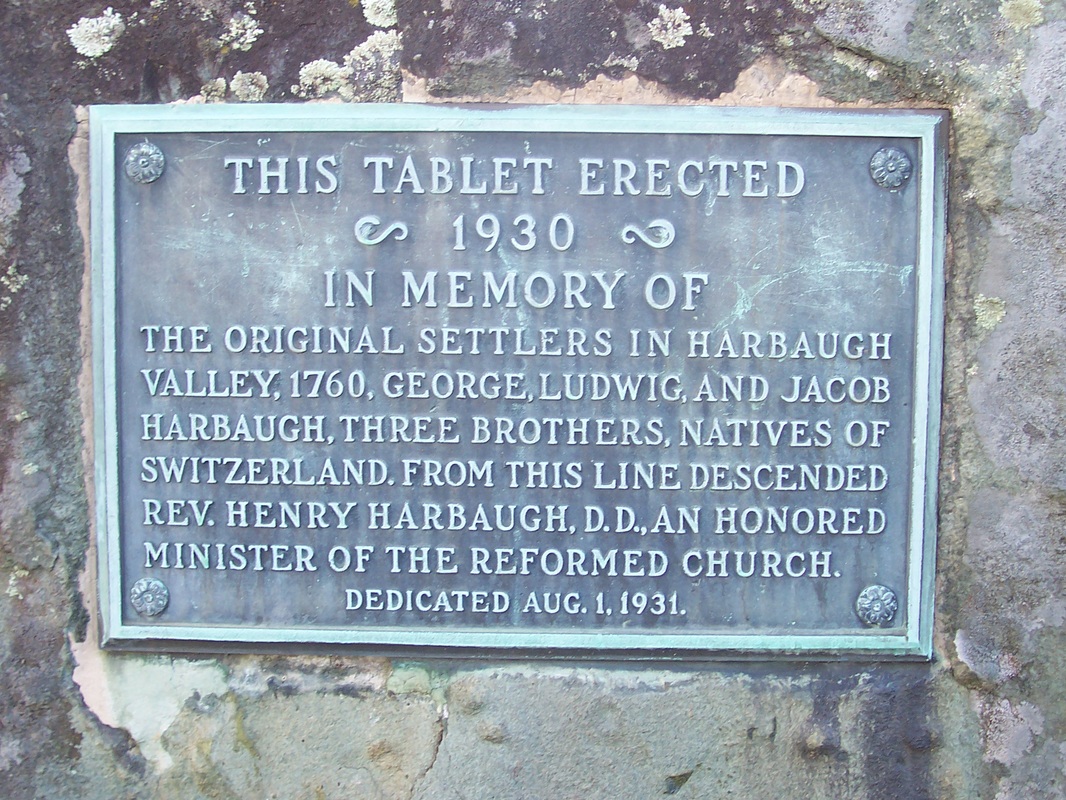
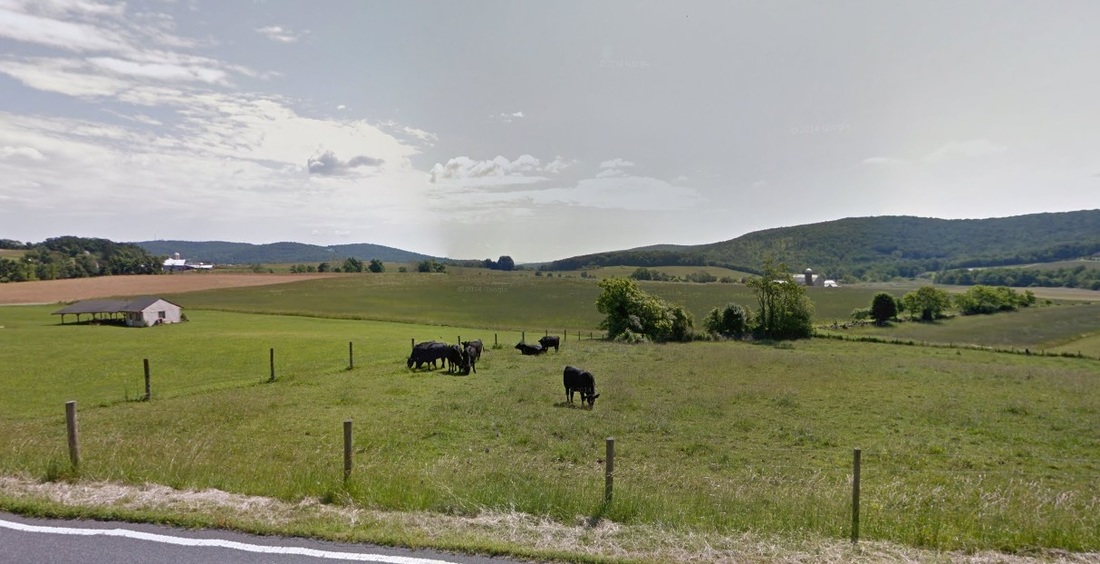
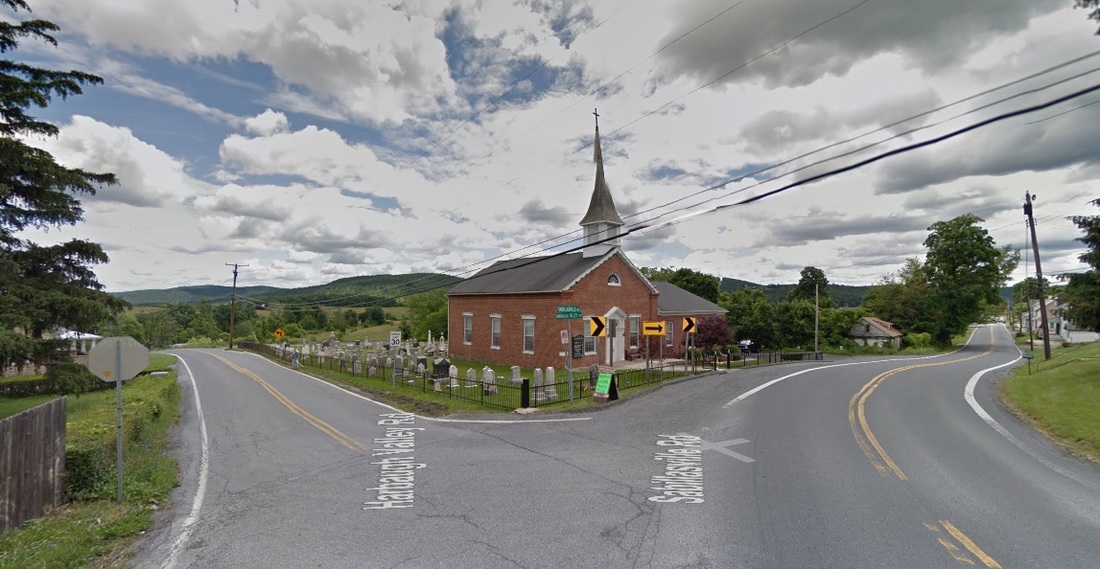
 RSS Feed
RSS Feed